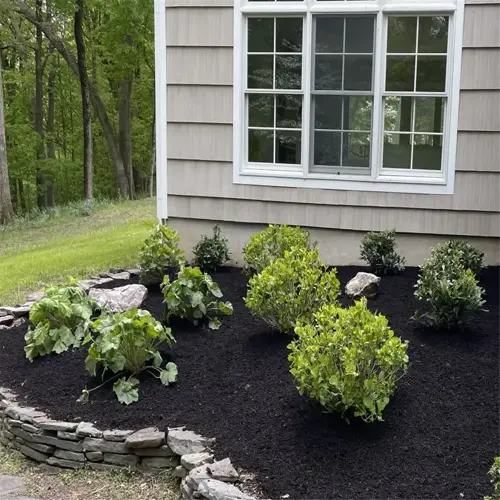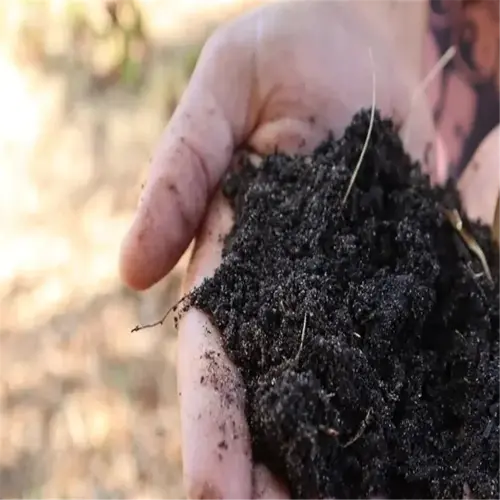How do I turn my yard into a pollinator garden?

Written by
Tina Carter
Reviewed by
Prof. Martin Thorne, Ph.D.Transforming your turfgrass to native wildflowers established native pollinator habitat immediately. We started with a 10x10 area or roughly 100 square feet, stripped the sod and tilled down six inches and just scattered some regional seed mixes. Now, according to my client, in the corner of his former lawn, we are getting 120+ visits from bees daily from black-eyed Susans and milkweed.
Lawn Conversion
- Sheet mulch areas with cardboard + compost
- Plant clover in pathways for ground-nesting bees
- Edge with stone borders to define wild zones
Seasonal Practices
- Leave dead stems until spring (bee cocoon shelters)
- Rake leaves into garden beds (butterfly overwintering)
- Install roosting boxes for solitary bees
Form shallow water stations using plant saucers filled with pebbles and rainwater. Change water every week to prevent mosquitoes. Following the suggestion of a Maryland gardener, floating pieces of cork bark were added that bees use as a landing pad while drinking. This setup reduced drowning by 80%.
Instead of using bark mulch to improve soil fungi, try using organic leaf mold. I put down three inches of leaf mold around goldenrod and aster plants and it creates an environment similar to the understory of a forest. In time, leaf mold should promote a native earthworm population to aid root building for your plant's vigor. One should avoid dyed mulches, as they likely leach harmful chemicals.
Allow the milkweed seed pods to rupture naturally as fall comes to a close. The silky parachutes disperse the seeds while providing a robust floral exhibit late in the season. A family in Pennsylvania didn't tidy up their yard until April and happened to discover fourteen overwintering queen bumblebees tucked away in their Joe-Pye weed stalks.
Read the full article: Top Native Pollinator Plants for a Healthy Ecosystem

